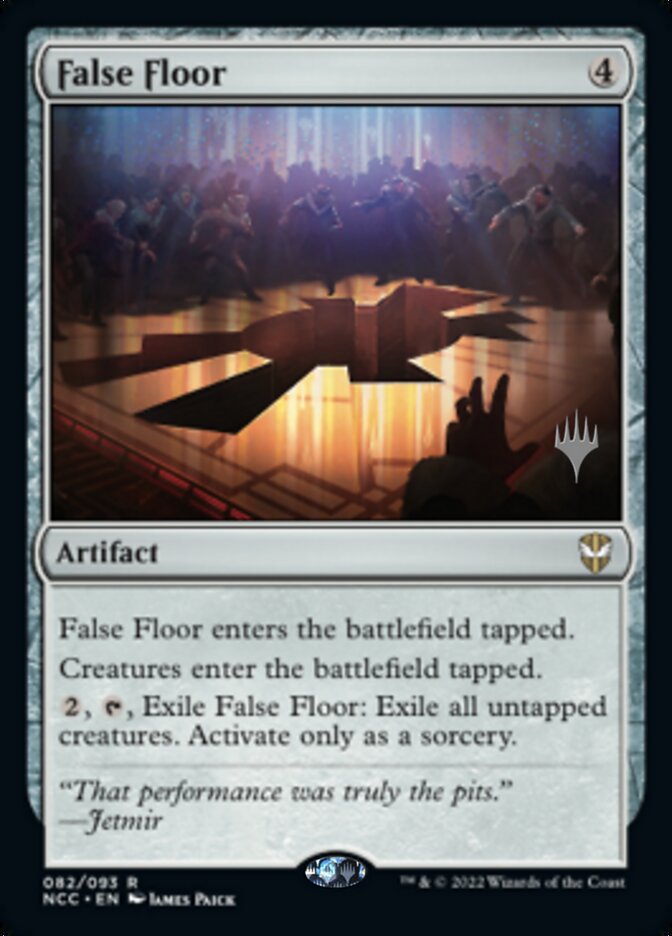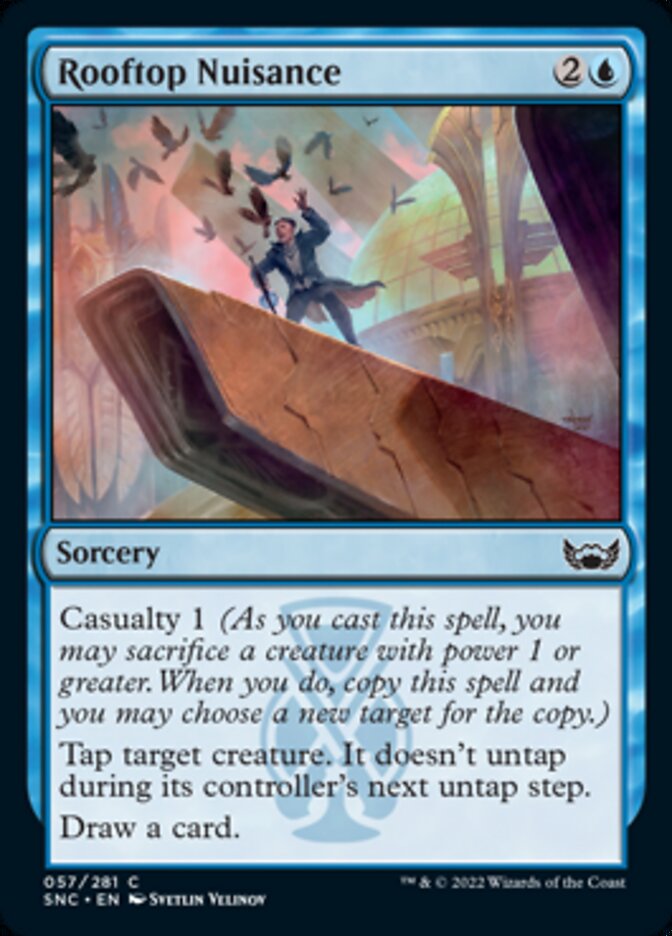Finding the Easiest, Hardest and Most Efficient Decks in Pioneer and Modern
Crouching Pick-Up, Hidden Master
It’s that time of the year again. Or rather that time of the trimester. The next season of RCQs dawns on us. After spending the last three months or so desperately grinding with your impeccable deck pick, you must once again choose a new deck, in a format you know little about, to go to battle with.
Deck selection is a complex process. Hopefully, you have it all figured out. Perhaps card accessibility is a good enough reason for you and that dictates your deck choice. Perhaps you have an affinity for an existing deck or overall strategy and you can find a shoe to fit your foot. Or perhaps not.
For our analysis, we will use two sets of key metrics, which we will apply to the main archetypes of the current metagames of Pioneer and Modern.
The Floor and the Ceiling
Wherever you are in your quest for a new deck, you might have come across the notions of “floors” and “ceilings” for decks. Not everyone agrees on the specific definitions, but we kind of get it, right? These tend to be important during deck selection, especially for players who are new to a certain format. So let’s go over them, make sure you know what they mean and how to use them.
The Floor
A deck’s “floor” is meant to represent what a beginner could expect by picking it up and going to town with it.
While this does get the meaning across, you’ll find that if you scratch the paint in the slightest, issues will arise. What exactly is a beginner? What should “going to town” really mean? How should this evaluation be conducted ? The truth of the matter is that everyone has their own way of doing things. But we would still like to make sure that everyone at least understands the same thing when the discussion arises.
As for what a beginner is, I say you should picture yourself a player with decent rules knowledge and no prior experience in the format. It is reasonable to expect that a player wishing to compete on the RCQ scene should know the rules of the game and have at least some experience beforehand. If one doesn’t know that they can activate Griselbrand twice in a single turn, the floor for certain decks is going to be very low indeed. On the other hand, no-one should be expected to divine the late KCI loops on their own, so there is a middle ground to find. As for the format experience, I think it speaks for itself: if one already knows how to sideboard in every match-up, the floor will go drastically up. How naturally gifted should that beginner be? I would say slightly below average, but at this point it is probably better to consider your own skill and accept that not everyone will have the same expectations on this.
Now, what does “going to town” mean? I would recommend indexing your evaluation upon the field you are expecting to face. I believe there is a bigger margin of discussion for this one. Should you expect every opponent you face to have heavily tested every match-up in the format like they would at a Pro Tour? Well, if you’re going to the Pro Tour, yes absolutely, but if you’re inviting friends over for a fun Commander night, you’re probably going to discard some interesting brews that would have been OK in that context.
How should you evaluate the floor? That’s a tricky question. We could work on some sort of numerical system that would give every deck a grade, but who would be willing to put in the time and effort to work on that when it can’t even be used in a casual conversation? Should it be the winrate you would expect for your beginner at your chosen event, even though no-one could ever measure that metric rigorously? The best way to do so, in my humble opinion, is to speak comparatively between decks. The same way I can’t really say “1 meter is big”, because in comparison with the Empire State Building it is rather small, I can’t really say “This deck is hard to pick up” when every deck in the format is even harder to pick up. However, I can definitely say “This deck is harder to pick up than this one” and there is valuable information in there. “This deck has a lower floor than this one”, or “This deck’s floor is higher than average in the format”. It rolls right off the tongue.
And now, we consider the floor’s counterpart:
The Ceiling
The idea of a ceiling should describe how good the deck will be if you put in a lot of effort with it. But then again, scratch the paint and it all falls apart.
Intuitively, we could define it as the winrate you could expect by mastering it perfectly and never making a missplay. But that doesn’t seem very reasonable: even PVDDR makes mistakes, and more than likely, you will too. You will never reach the ceiling if you define it that way, and so what’s the point of knowing that?
Once again, I advocate viewing the ceiling as a relative value, as opposed to an absolute one. Don’t say “this deck’s ceiling is 8.3”, say “this deck’s ceiling is a lot lower than this deck’s ceiling”. But there still is the question of how to measure what “how good” really means.
I don’t like result-based evaluations. Results can vary when you draw one land too many through no fault of your own. Contrary to the floor, we could measure the winrate over a long period to check how good a deck is, but once again this is not easy to discuss because that data is seldom fully reliable. Over the course of a week-end, your metagame might shift just a bit and affect your winrate right before going back to normal. Which brings up a good question: should the metagame be taken into account when looking at the ceiling for a deck? I would argue no. Of course, the context of the format should be taken into consideration, but we are looking at something more than just “Rhinos is good right now” when discussing the ceiling of a deck. That is simply another discussion, not one discussing the floors and ceilings for each deck. If so, winrates are unreliable.
I propose this: the ceiling is the ability the deck has to win in unfavorable conditions. This usually means in a bad match-up, but it should also encompass bad draws and skilled opponents. Note that the deck having the ability to get out of a pinch does not mean that the player can easily see it. It does suggest, however, that a player with experience will see it more often than a newcomer. In that sense, I think this is a clean definition that requires no further detailing, so long as we remember to compare ceilings between themselves and not try to establish absolute definitions.
Easy to Pick Up, Hard to Master
Now that we know what we are talking about, how can we use them in discussion? To do that, we should see what these categories entail.
Type #1: High Floor + High Ceiling
These decks are the really good ones, but they pose a problem
A deck with High Floor and High Ceiling designates a deck that is easy to pick-up, and hard to master, with enough depth to reward experience. These decks are the really good ones, but they pose a problem: they are overwhelmingly popular because beginners can play them, and they have a high winrate because experts can play them. That’s the recipe for a ban, and so there are not that many running around.
Type #2: High Floor + Low Ceiling
These decks are a great tool to keep your winrate decent
A deck with a High Floor and a Low Ceiling is a deck that is easy to pick up but won’t get you very far when you get used to the format. It’s easy to pick up and easy to master. This usually designates very linear strategies, such as Mono Red in mostly any format for instance. It’s a great tool to keep your winrate decent while you take the measure of the format, but if you are ambitious you might need to switch off of it at some point.
Type #3: Low Floor + High Ceiling
They usually are an expert’s choice
A deck with a Low Floor and a High Ceiling is usually an expert’s choice. It is hard to pick up and hard to master because of its depth. It’s a deck that you will have a lot of trouble winning with at first, but through perseverance one should be able to do very well with it after some time. Most defensive midrange decks fall somewhere in this category, as well as a lot of midrange-combo decks such as Wurm Creativity in Pioneer which need to know how to interact with the rest of the format and when to go for the combo.
Type #4: Low Floor + Low Ceiling
These usually are metagame-dependant decks or niche/fun decks
A deck with a Low Floor and a Low Ceiling is… not that bad. It is hard to pick up but easy to master. Those decks tend not to be very popular among anyone, since beginners will have trouble picking it up and experts will have better results by investing their time in another deck. That doesn’t mean they are unplayable, far from it. It usually means they respond to a particular niche of players with a little experience and limited time on their hand to train, hoping they can reach a peak somewhere in the middle. Another option is that they are a metagame-dependant deck, one that can thrive but only if things are good for them. Or it can also mean that the deck is fun, very simply. Modern Lonis Combo seems to fall somewhere in there.
And now it’s up to you to figure out where you want to be: do you have prior experience in the format? With the deck? How much time are you willing to put into training with a single deck? That, my friend, is up to you.
Floors and Ceilings for Pioneer and Modern
I know what you want. You don’t want more tools to accomplish your destiny. You don’t want more questions. You want answers. I have a lot to say about that, but for now, let’s just keep it at: “yeah, I don’t blame you”.
I have asked my buddies across a few Discord servers to tell me about the floors and ceilings of the most popular decks in Pioneer and Modern, and they have kindly contributed. I have congregated the results and arranged them on a couple of graphs, centered on the average here below.
The 4 quadrants
We can represent the previously mentioned types in simple quadrant

Here is the one for Pioneer:

And here is the one for Modern:

Now you have to keep in mind that this is but an average of the opinions among my fellow RCQ enjoyers, but in the end it’s a very subjective opinion and one that can vary a lot from one player to the next. For the Rakdos Evoke deck, opinions on the floor went from 2, which is “one of the easiest decks to pick up in the format” to 8, “one of the hardest ones to pick up”. All opinions are valid on this matter, use the graphics for reference if you want to but grain of salt.
The most popular decks in the metagame tend to be close to an axis where the ease to pick it up equals the ease to master it.
We can however spot a trend: the most popular decks in the metagame tend to be close to an axis where the ease to pick it up equals the ease to master it. This might not be very surprising to some of you, since it does make some sense (decks that are hard to pick up and easy to master tend to be metagame decks and so don’t stay for long, and decks that are easy to pick up but have enough depth to reward expertise could be ban-able) but I find it cool.
I hope this has been of some use to you, and that you are now ready so set out for the perfect deck for you in the format of your choosing.
La bise!



